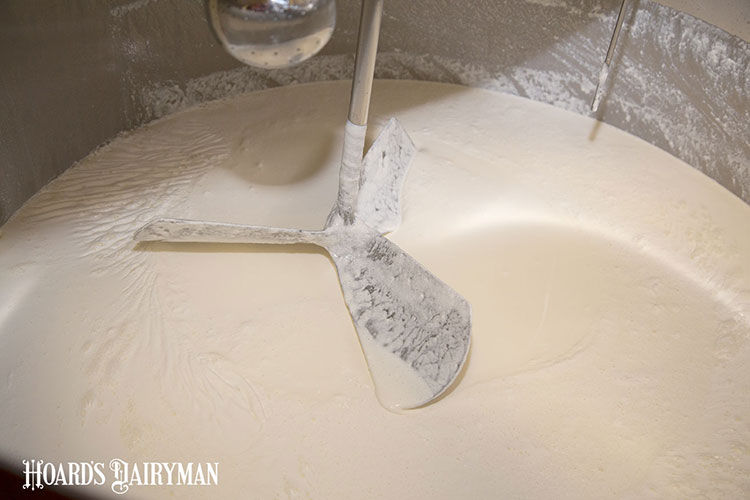
The Federal Milk Marketing Order system serves as a rulebook for buyers and sellers of milk, reminded Erin Taylor on the April 7 Hoard’s Dairyman DairyLivestream. As overseer of the federal order system, USDA’s role is to act as the referee to ensure the rules are followed and enforced.
That referee perspective applies to potential federal order reform, too, as the department aims to make decisions that are the most beneficial for all parties with a stake in the game: farmers, processors, and consumers.Taylor serves as the acting director of the order formulation and enforcement division at USDA’s Agricultural Marketing Service (AMS) Dairy Program, and she outlined the steps required by legislation for a federal order to be amended. Marketing orders are one of the few types of government regulations that must use such a formal process to make amendments, but it is designed to allow for maximum transparency and participation, she said.
The proposal
Every proposal must answer a few questions about what the change is meant to do, the issue it’s designed to address, how it would operate, and how farmers, processors, and consumers would be impacted by the change.
From there, USDA dives deeper into the issue to decide if a hearing on the issue is necessary. That includes determining if the department has the legislative authority to make the change being proposed and if it fits within the framework of the Agricultural Marketing Agreement Act, the statute that provides for marketing orders.If it’s decided to move forward with the proposal, USDA will announce when a hearing will take place and what proposals will be heard. They also determine if the issues being addressed require a national hearing or a regional discussion.
For that reason, hearings are open to everyone who wants to contribute. “At a rulemaking hearing, anyone can testify. It doesn’t just have to be a producer or handler; consumers are welcome to come and testify in regard to the proposals being heard,” Taylor said. Anyone who testifies may also be cross-examined by anybody else at the hearing, she continued.
The decision and voteAfter the conclusion of the hearing, USDA sorts through all of the information, testimony, and evidence to determine if a change to the order is necessary.
“What’s important to weigh is that the statute tasks USDA with balancing all perspectives when making a change. Not just the producer perspective, not just the handler perspective, but all perspectives — producers, handlers, and consumers,” Taylor emphasized. “And based on those, we look at the record and make a recommendation that’s founded with an economic justification for change.”
This initial recommendation is opened for public comment. Then, the department considers those public comments in issuing a final recommendation that producers vote on. Only farmers selling milk in the affected orders vote. It’s a one farmer, one vote system. Cooperatives do have the option to bloc vote for their members, but it is not required or mandated.
This entire process generally takes between 12 and 18 months, Taylor said. “It can be lengthy, but at the same time, it’s based on maximum transparency and maximum participation, and I think that’s a big benefit to the way we amend our order system,” she recognized.
More information on the amendment process is available on the AMS website.
An ongoing series of events
The next broadcast of DairyLivestream will be on Wednesday, April 21 at 11 a.m. CDT. Each episode is designed for panelists to answer over 30 minutes of audience questions. If you haven’t joined a DairyLivestream broadcast yet, register here. Registering once registers you for all future events.








